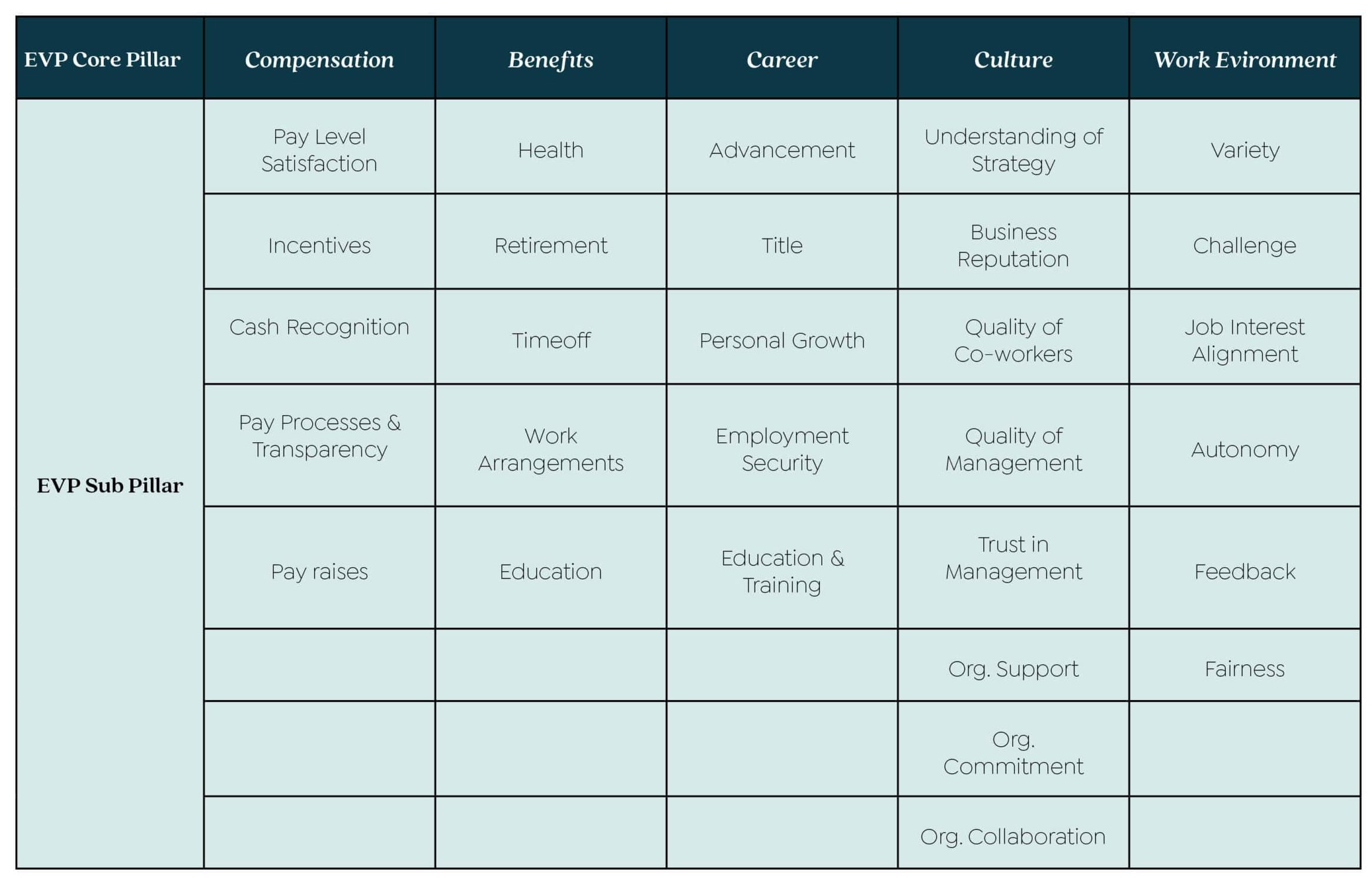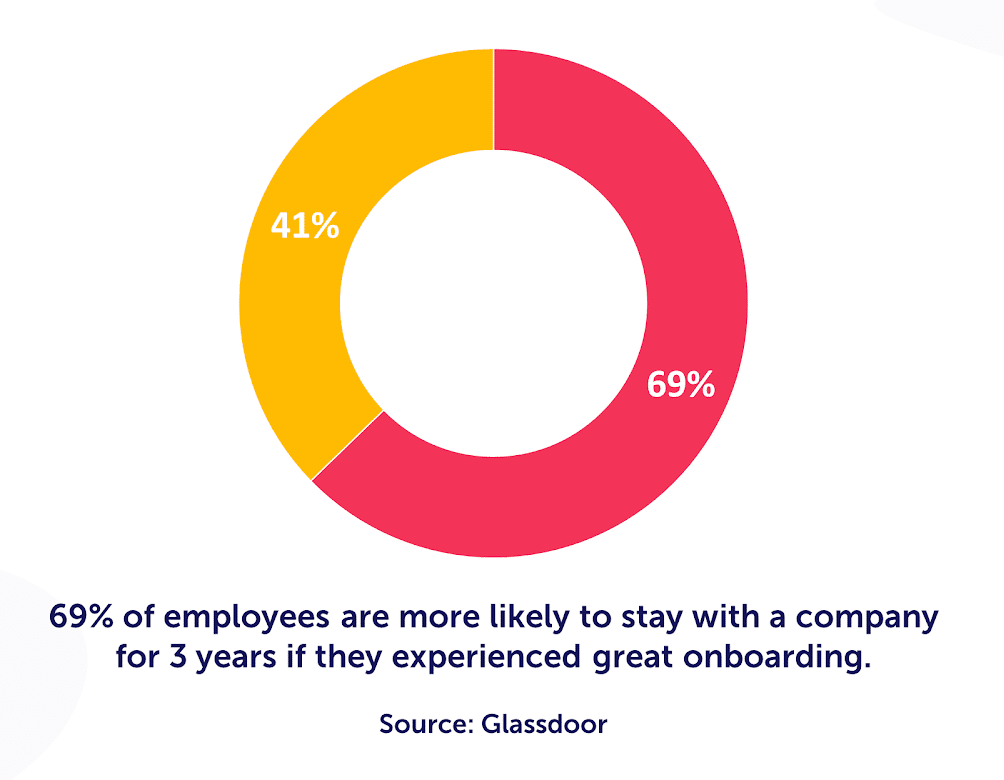
With COVID19 locking down both domestic and international borders and many workers “staying put”, unemployment rates are sitting at their lowest in over a decade, especially for highly skilled workers – so the battle to recruit great talent to join a growing business will be pretty bloody – and probably increasingly expensive – if you still use reactive methods to hire those staff.
The good news is you can still make great hires in a tight market, and save money overall, but you will probably need a well planned and structured Talent Attraction strategy – work that most businesses skimp on. Having spent 14 years successfully designing and implementing these strategies for many businesses, I can honestly say nearly everyone deals with “the pain” rather than the root causes.
The Problem with Reactive, Short Term Approaches
Typically, few businesses can’t (or won’t) diagnose their true talent attraction issues. Rather, they blame “the market” for not providing suitable talent, in two ways:
Many hirers have roles open for months and still can’t find “the right person”. Much of the blame is passed onto external recruiters or internal HR teams, when poor role design and hiring risk appetites are usually the root causes, eg:
Not Defining “the Why’s” First: Most advertised roles are based on recycled job descriptions, with insufficient thought about “why” the new job exists – the purpose and objectives of the role, aligning with the needs of the hiring manager, team and wider business.
Such hirers can’t explain to recruiters and candidates what will make them successful, and uncompetitive salaries and benefits are frequently offered because the new hire is seen only as a cost. The hiring process often lacks passion, which is almost always disengaging for the best candidates. These problems prevent the right candidates from being found, being made the right offer, or wanting to accept.
Hunting Unicorns: So you have designed “the ideal role” – complete with all of the qualifications, experience, and salary that you think is “perfect”. But nothing has been benchmarked versus the current talent market to see if these candidates exist, in sufficient quantities and at a salary to ensure a successful recruitment process.
If you use a dating analogy, it’s like looking for a doctor that looks like Brad Pitt or Angelina Jolie, speaks four languages fluently and is happy to relocate to Mount Isa to live in your caravan, for a graduate salary. That person may exist, but the odds of filling this role quickly are ridiculously low and you are probably wasting your time – and that of potentially “good enough” candidates, if you take them through a process no-one is ever likely to pass.
Increasingly, knowledge-based businesses require highly specialised and capable talent. The challenge is, nearly everyone wants people that have already been fully trained, are very experienced and can “hit the ground running”. Trying to headhunt someone like that away from their current employers can work, but you are typically fighting both external competition and internal counter offers that can make it an expensive exercise – and why would these people want to join you, if they are only expected to do the same old role?
One last sobering thought… even if your business designs new roles perfectly, isn’t hunting unicorns and is prepared to take a calculated risk on prior skills and experience, in times like these, hiring great talent will still take longer and cost more money than most hirers can afford.
Unfortunately, most businesses that use reactive, short term processes tend to try different variations on that theme, eg switching recruitment agencies, rather than rethinking their strategy altogether. Instead, they should be investing in talent attraction.
This is what we advise our clients to do:
Many businesses start out with a business plan, but most neglect to follow up by creating and executing annual Strategic Plans that respond to changing business goals, opportunities and risks over the short to long term. This “whole of business” plan anchors and sense-checks your Customer, People and other strategies.
Your People Strategy should include a “straw person” Organisational Structure for 3 to 5 years’ time. This should detail key continuing and growth roles, capability and capacity targets, internal succession plans, productivity, attrition and remuneration assumptions and decision points and success measures. Each time your business refreshes its overall Strategic Plan and People Strategy it should review the future Organisation Structure.
This deliberate focus on the future helps your business proactively plan and execute its hiring strategy for the least cost and risk and maximum results, eg via:
Some of these programs will cost money – but its my experience that avoidable recruitment fees and bad or delayed hires will cost much, much more.
Introduce complementary risk management tools, to ensure that your talent attraction activities are commercially sustainable:
Job Descriptions are useful, but in my experience most focus excessively on tasks that a successful candidate will be expected to do, rather than on whether a successful candidate will fit your needs – which is actually the most important thing to know when assessing candidates, whether they come through your talent attraction channels or a reactive recruitment process.
So what does “candidate fit” mean?
Remember, no-one is a 100% “fit” for any job – unicorns are indeed mythical creatures. So roles should be designed to attract and convert candidates that are a “good enough” fit now and hopefully will become a better fit over time.
So when creating Job Descriptions, think hard about and include:
If you do this well, your business’s Job Descriptions will become dynamic talent attraction, candidate assessment and career development tools, instead of gathering dust in your HR files.
You can’t really attract talent if you don’t have a good brand and meaningful value to offer potential candidates.
This is a very trendy topic at the moment, but as with your customer sales and marketing strategies, creating a strong employment brand and value proposition will generally take time and probably require adjustments along the way. There are three stages:

We recommend you speak to your recruitment suppliers or access an employer branding report to understand what the most desirable employees are looking for in employers. Equally, recruiters can tell you what your employer brand is in the market and how it compares to competitors. Positioning can be assessed across the EVP pillars above, but you might find some elements have higher prominence for your employer brand, eg Culture and Benefits – that’s why airlines and media businesses often have stronger employer brands than businesses that might actually offer better Compensation and Work Environments – or even be more secure.
Once designed, message your improved EVP to your target audience through their preferred channels. It’s important that what you communicate externally also sends the right messages internally – or you will cause negative sentiment.
Your earlier work will give you a clear direction on where to search for and attract the right talent. However, there are four “tried and tested” practices that will make your conversion processes better, faster and cheaper:
Implement referral schemes that reward existing employees for introducing great people they have worked or studied with previously. The benefits are actually six-fold:
There are risks, however, that your staff may introduce friends and relatives because of a conflict of interest – but your “fitness checks” should deal with most of those issues.
70% of the talent you are looking for are “passive”. This means that they are not actively looking for a job, unless a better opportunity finds them. Rather than engaging a good search firm that might be very expensive, invest time instead in reaching out to people on LinkedIn or in networking events, provided that you also manage expectations on when you might have a suitable vacancy.

Good businesses do this with freelance or temporary staff too! There is nothing wrong with building relationships with top talent prior to hiring them in your business, without the pressure of a formal hiring process.
But remember, if you leave making a firm offer to a passive candidate until the very last minute, all your good work “keeping them warm” may go to waste. It’s like a High School dance… the longer you delay asking someone who really likes you, the more likely they will settle for their second choice.
I’ve heard far too many horror stories from great candidates after their first interview, about having to “do all the work”. Most hirers do not realise that, in a tight employment market, you are both selling what you have to offer.
Quality interview processes therefore encompass, as a minimum, the following:
Finally, remember that unsuccessful candidates can actually be brand ambassadors – or critics. If you leave them with a poor impression, it will spread through their networks, potentially undoing all your great work.
90% of businesses underestimate the value of a good onboarding experience. While it seems like a lot of work, it’s both necessary risk management and a great way to make your new hires more productive, faster.
It’s common sense that most businesses that are hiring are busy. New employees often have only one to three days of onboarding and then are left alone to their own devices. In our experience, the first 90 days in those businesses are actually disengagement periods, when employees become highly disappointed that what was promised in the interview process was not delivered, as everyone seemed too busy to care.

When I worked in recruiting, it was typically on the 30th day when I received calls from candidates stating that they are thinking about leaving because “the honeymoon is over”. Those candidates often also said that they had accepted another offer, from a business that didn’t make as promising an offer… but might be more likely to keep its promises.
A lot of books and articles have been written about talent attraction, but too many focus on large, well resourced and obviously successful businesses like Apple or Amazon. Rarely do those stories speak to businesses that have little to no employer brand recognition in the market, and much fewer resources. That’s like getting a manual for a Ferrari when you only have a second hand Ford – sure, there are some correlations, but you need to be realistic about what you can and can’t do.
I know from experience that the advice I’ve shared here does work – and costs a lot less than buying a flash new car, or spending too much time or money on short term, reactive recruitment that may still fail.